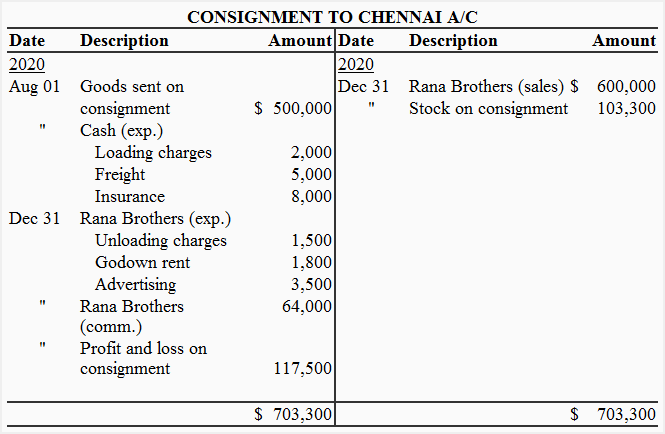
In some cases, the overriding commission paid to the initial broker or agent may be a percentage of the total commission earned by all of the agents or brokers placed by the initial broker or agent. This type of commission structure is designed to encourage brokers or agents to bring in more customers or leads, as they will be rewarded for their efforts with a larger commission. Managers with the opportunity to earn commission overrides have a vested interest in the long-term success of their team. They are more likely to invest time and resources in training and skill development, resulting in a team that is better equipped to achieve their sales targets consistently. The prospect of earning commission overrides encourages managers to go beyond their responsibilities as supervisors.
Best Practices for Implementing Commission Overrides
This may mean that the individual sales people have a traditional commission plan while the manager has a goal-based incentive. Overrides can be problematic as a way to pay a sales manager, although they are very common because they are easy and economically straightforward, and your CFO will love the economic simplicity and direct alignment to profits. The problems arise because the manager ends up with a little “empire” of people that, if they are good, the manager will not want to have to transfer to any other division even if that is best for the employee and the company.
Types of commission overrides that you can use

Companies should ensure that commission override structures encourage both personal growth and collective accomplishments, fostering a harmonious workplace. Over time, most businesses benefit from moving their sales leaders to a goal-based plan with payout thresholds (e.g., no variable pay earned under 75% of the year-to-date goal), and acceleration for over-goal performance. Override commissions are typically outlined in your contract or compensation plan, and any changes to these arrangements should be communicated to you by your employer or the organization you’re working with.
How Commission Overrides Differ from Regular Commissions
This commission is often referred to as an “overriding” commission, as the initial broker or agent is receiving a commission for the work of other brokers or agents. To achieve this balance, commission override structures can be designed to include individual performance metrics alongside team-based goals. This encourages both individual excellence and teamwork, promoting a well-rounded approach to sales success. When commission overrides are not implemented with clear guidelines and transparency, managers may focus excessively on recruiting the best salespeople to maximize their overrides.
Build dashboards and reports on sales performance, budgets, and more. As a revenue manager of the agency, how can you maximize the agency’s profit and what will this profit be? I spoke a lot about Incentives, commission & overrides in my blog post about the US Airways vs. Sabre trial, where many numbers came to light and how to invoice us provided insight into the money flow here. This is often the point in a design discussion where the need for change becomes clear. Often the change will be to the staffing model – maybe for $100K the manager needs to manage 15 reps each generating $1M rather than just 10 – in which case their rate would now be 0.67%.
NEW PARTNER PROGRAM LAUNCHED: Unlock new revenue streams. Find out more
Consider a “Coaching Effectiveness” bonus whereby the manager is paid for the % of reps on his/her team who achieve target performance in their primary incentive measure. This encourages the manager to work with all members of the team to manage everyone to a higher standard (or quickly deal with those who aren’t performing). A plan based purely on an override formula can pay a manager handsomely based on the performance of one superstar on his/her team without pushing the manager to work with everyone on the team. We often recommend the inclusion of a 20% element for Coaching Effectiveness and universally they report that this is a great measure and fills in a missing link in the sales manager’s incentive plan.
But there are times when the sales management job isn’t demanding enough to justify a full-time resource, and so the sales manager is asked to both manage other individual contributors and to also sell on their own. In this case, consider how much time the manager is spending managing vs. doing. If 75% of his/her time is spending being an individual contributor salesperson, then 75% of pay should come from his/her individual performance (on the sales rep plan) and the other 25% should come from duties relating to managing the team (coaching).
His 4+ years of experience in sales and marketing enable him to communicate the nuances of sales processes, RevOps, and commission plans via his blogs. For example, higher overrides for high-margin products or strategic regions. A fixed percentage is earned on every sale the team makes, offering simplicity and predictability in earnings. Specific to the role or title, this type of override is often used to distinguish between different levels of management, with higher-ups earning a larger percentage.
- The actual distribution of the fees and commissions to the parties involved (the settlement process) is generally handled via a clearing house (such as ARC or IATA).
- In a typical overriding commission structure, a broker or agent receives a commission from the company for placing the policy, as well as an additional commission from the company for any further sales made by other agents or brokers placed by the initial broker or agent.
- By implementing best practices, embracing emerging technologies, and anticipating future trends, companies can unleash the full potential of commission overrides to thrive in the ever-changing world of sales and leadership.
- By aligning their earnings with their team’s performance, managers are motivated to invest time and effort in mentoring, supporting, and empowering their subordinates.
The portion of the total compensation of executive employees that relates directly to the time spent approving successful contracts may be deferred as acquisition costs. For example, the amount of compensation allocable to time spent on policies actually issued after approval by a contract approval committee is a component of acquisition costs. Next, check this rate against the answer to the first question and see if it lines up with what payout percent works in the company’s business model (including the cost of the commission to the individual contributor who is also being paid on the same sale). If the calculated payout is unaffordable, then it will be necessary to adjust the assumptions used to generate the numerator and the denominator.
Your managers likely have a higher percent of typical total compensation in their base salaries (less variable pay mix) than the reps, so you may not need to pay them variable pay as frequently as the individual contributors. It’s not uncommon to pay managers quarterly when their reps are paid incentives monthly. However, this varies from industry to industry and some industries are “locked in” to paying managers monthly. Continue to check the results, factoring in the sales rep commission percentage as well as the sales managers commission percentage to ensure that your plan is both affordable and attractive to top talent. A better approach is to set a goal for the team’s performance and hold the manager accountable for the attainment of that goal rather than give them a % of the total team’s sales.

